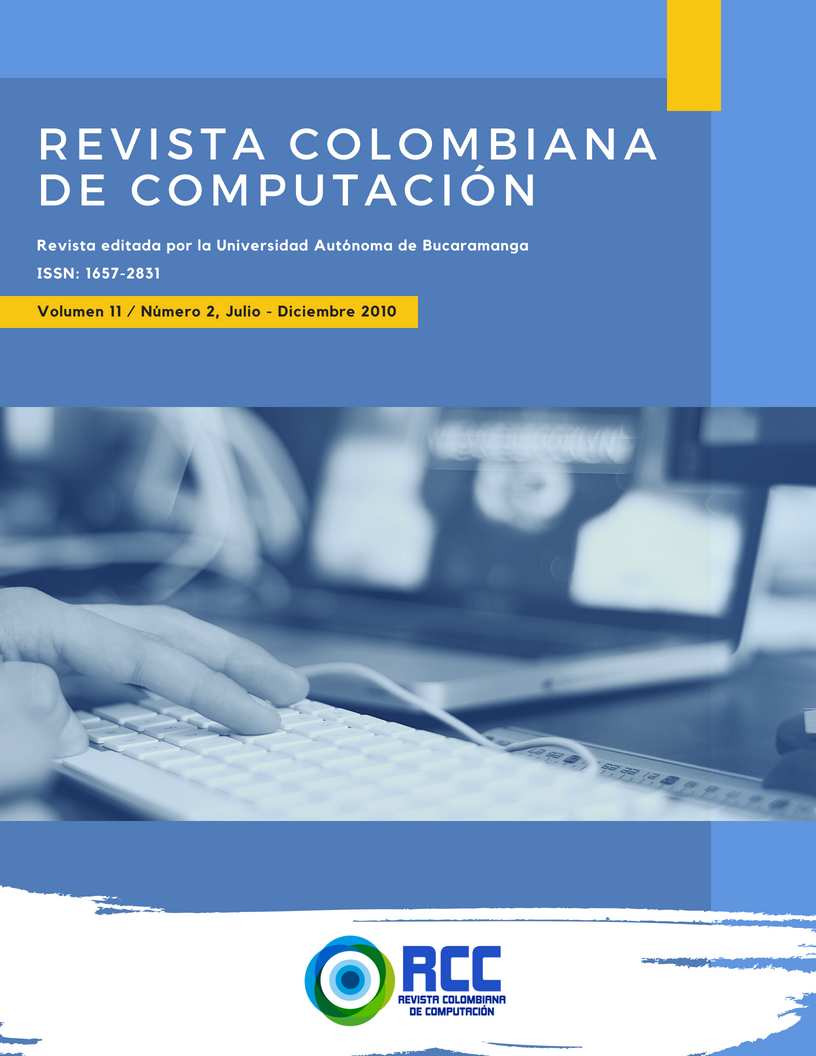Carotid arteries segmentation in CT images with use of a right generalized cylinder model
Resumen
The arterial lumen is modeled by a continuous right generalized cylinder with piece-wise constant parameters. The method is based on the identification of the parameters of each piece from a series of contours extracted along an approximate axis of the artery. This curve is defined by a minimal path between the artery end-points. The contours are extracted using the Fast Marching algorithm. The identification of the axial parameters is based on a geometrical analogy with helical curves, while the identification of the surface parameters uses the Fourier series decomposition of the contours. Thus identified parameters are used as observations in a Kalman optimal estimation scheme that manages the spatial consistency from each piece to another. The method was evaluated on 46 datasets from the MICCAI 3D Segmentation in the Clinic Grand Challenge: Carotid Bifurcation Lumen Segmentation and Stenosis Grading (http://cls2009.bigr.nl).












